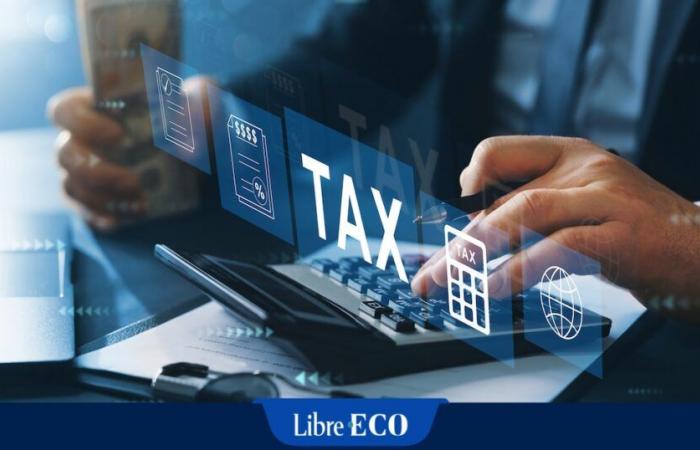Thus, assuming a share which distributes a gross annual dividend of 365 euros and which is sold the day before the coupon is detached, the entire dividend paid the next day will be considered as income of the buyer, whereas he paid 364/365ths to the seller for whom it legally represents a capital gain.
Securities account tax, capital gains on shares, labor charges: but what are we really talking about in the context of these negotiations?
The buyer will thus only receive 70% of the gross dividend, i.e. 365 x 0.7 = 255.50 euros. It follows that the dividend included in the share price should logically be valued net so that, in the example, the price should include a dividend of 364 x 0.70 = 254.8 euros and in no way 364 euros, each of the successive holders thus indirectly bearing their share in the withholding tax on the dividend.
This means that what, in the example, appears to be a capital gain for the seller actually represents its share in the net dividend paid. We will show below that in this flat-rate system of taxation of corporate profits, a capital gain realized on one side has as a corollary a smaller capital gain or a capital loss on the other.
What about the liquidation of the company?
Ultimately, when the company's activity is terminated, the value of the share will correspond to the equivalent value of its assets, which will give rise to the distribution of a repayment of capital as well as “bonuses”. liquidation”, the latter being subject to withholding of withholding tax of 30%.
It follows that for a shareholder who has held his shares throughout the life of a company, the total formed by the net dividends he received as well as the capital gain he will realize in the form of the bonus of liquidation will have been subject to a global levy of 25 + (75 x 0.3) = 47.50%.
Why should I sell you?
Let's imagine a company with capital of 1,000 euros which during its existence made 8,000 euros in profits subject to 2,000 euros of corporate tax, i.e. a net available amount of 6,000 euros which it allocates entirely to a reserve fund. Upon its liquidation, this company will have to withhold a withholding tax of 30% on 6,000 euros, i.e. 1,800 euros, so that its shareholders will be reimbursed, in addition to the capital of 1,000 euros, 4,200 euros of liquidation bonus, i.e. in total 5,200 euros.
Will the “millionaires tax” see the light of day in Belgium? “We risk having to create a control monster”
If the beneficiaries of this distribution are the founders of the company, they will have realized a total capital gain of 4,200 euros, which comes from profits which were subject to a deduction of 2,000 euros from Isoc + 1,800 euros in withholding tax, in total, 3,800 euros corresponding to 90.50% of the net profit of 4,200 euros for shareholders.
Now imagine that the shares of this company were sold by the founders at a price of 4,000 euros; therefore, with a capital gain of 3,000 euros. In this case, if capital gains are taxed at the rate of 10%, sellers will be liable for an additional tax of 300 euros; which brings the total deductions in favor of the State to 3800 + 300 = 4100 euros. This brings the cumulative profit of sellers and buyers to 3,900 euros, the total deductions now corresponding to 4100/3900 = 105.13% of the total profit of shareholders. We would look in vain for what justifies this difference in taxation when in its absence, the overall profit of successive shareholders is unchanged.
Anticipate future or even overvalued profits
Certainly, stock prices can anticipate future profits, even overvalued ones. But this does not change the problem since sooner or later, the buyer will either be subject to tax on the dividends corresponding to the capital gains that he paid to the seller (therefore, on a reimbursement of his purchase price ), or the loss resulting from the extra price he paid. However, in this last eventuality, fiscal consistency combined with respect for contributory capacity implies that, if we tax capital gains, we must detax the correlative capital losses.
This implies that, in all cases, changing the current system of taxing risk capital by taxing capital gains and zero-rating capital losses would simply have the effect of taxing globally identical profits differently; which is meaningless given the problems it poses.






